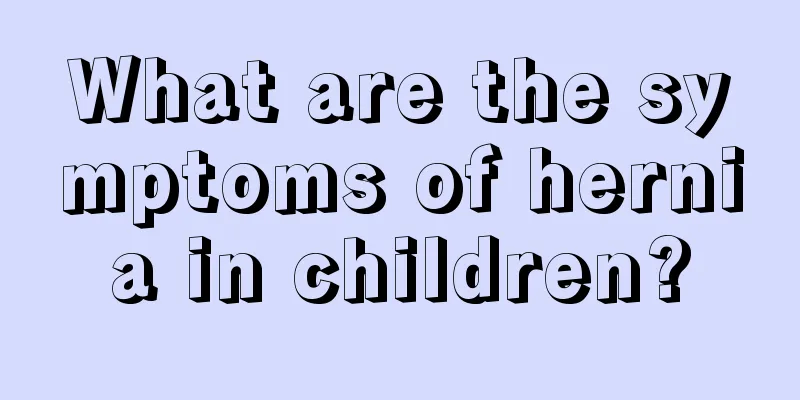The harm of reduced normal hemoglobin value in infants

|
The growth and development of the baby's body is very fast, so the dietary needs are also very high during the growth process. Therefore, parents should pay special attention when taking care of the baby. However, many parents will find symptoms such as a decrease in the normal value of baby hemoglobin when taking their baby for hemoglobin testing. However, since we have little knowledge of medical knowledge, we don’t always know what consequences will be caused and how to adjust in the future. Let’s learn about the dangers of a decrease in the normal value of baby hemoglobin. The harm of reduced normal hemoglobin value in infants Generally, anemia is considered when the hemoglobin level in adult males is less than 120g/L and that in adult females is less than 110g/L. Anemia can be divided into four grades according to the degree of hemoglobin decrease. Mild: hemoglobin >90g/L, moderate: hemoglobin 90-60g/L, severe: hemoglobin 60-30g/L, extreme: hemoglobin <30g/L. 1. Physiological reduction: Infants from 3 months old to children under 15 years old have a relative shortage of hematopoietic raw materials due to their rapid growth and development, and their red blood cells and hemoglobin may be 10% to 20% lower than normal people. In the middle and late stages of pregnancy, the increase in blood volume in pregnant women causes blood dilution, and in the elderly, the bone marrow hematopoietic function gradually decreases, both of which can lead to a decrease in red blood cell and hemoglobin content. 2. Pathological reduction: (1) Anemia caused by decreased red blood cell production: 1) Bone marrow hematopoietic failure: anemia associated with aplastic anemia, myelofibrosis, etc. 2) Anemia caused by deficiency or utilization disorder of hematopoietic substances: such as iron deficiency anemia, sideroblastic anemia, megaloblastic anemia caused by folic acid and vitamin B12 deficiency. (2) Anemia caused by excessive destruction of red blood cells due to inherited defects in red blood cell membranes or enzymes or external factors, such as hereditary spherocytosis, thalassemia, paroxysmal nocturnal hemoglobinuria, abnormal hemoglobinopathy, immune hemolytic anemia, major surgery with extracorporeal cardiac circulation, and hemolytic anemia caused by some chemical or biological factors. (3) Blood loss: anemia caused by acute blood loss or chronic blood loss such as gastrointestinal ulcers and hookworm disease. The above is an introduction to the hazards of a decrease in the normal value of infant hemoglobin. After understanding it, we know that a decrease in the normal value of infant hemoglobin will generally cause the infant to show symptoms of anemia, which is also very detrimental to the child's health. We must pay great attention to it. We must master the correct feeding method at ordinary times. If the baby is breastfed, mothers must also adjust the diet in time. |
<<: What causes anal itching in children?
>>: What to do if your child has anal pain
Recommend
What is the treatment for spinal muscular atrophy in children?
If spinal muscular atrophy occurs in children, it...
What causes left ear pain in children?
If a child's left ear hurts, it may be caused...
Height and weight of a one and a half year old girl
When a girl reaches one and a half years old, her...
What to eat is good for baby's skin
The baby's skin is very delicate and smooth, ...
What vaccines should babies get at one month old?
Many new parents do not understand many things ab...
Is jaundice 22 high?
The occurrence of physiological jaundice in newbo...
What's wrong with the child's chest pain?
The heart pit we often refer to is the concave ar...
Why do children's faces turn yellow?
For many mothers, the baby's yellow complexio...
What should I do to relieve a child’s fever?
Everyone knows that children have relatively poor...
What to do if a 4-year-old baby has poor resistance
We know that the baby's vital organs are not ...
How tall is a one year and nine month old baby?
Parents work hard all their lives just to help th...
Can neonatal cerebral atrophy be cured?
Newborn babies have very weak body resistance and...
Is it good to use enema for children’s constipation?
Constipation is a disease that generally occurs i...
What should I do if my child's face is red and itchy due to allergies? What medicine should I use?
Children's skin is thin and delicate and thei...
Can newborn babies be photographed?
Many parents often take photos of their children ...









